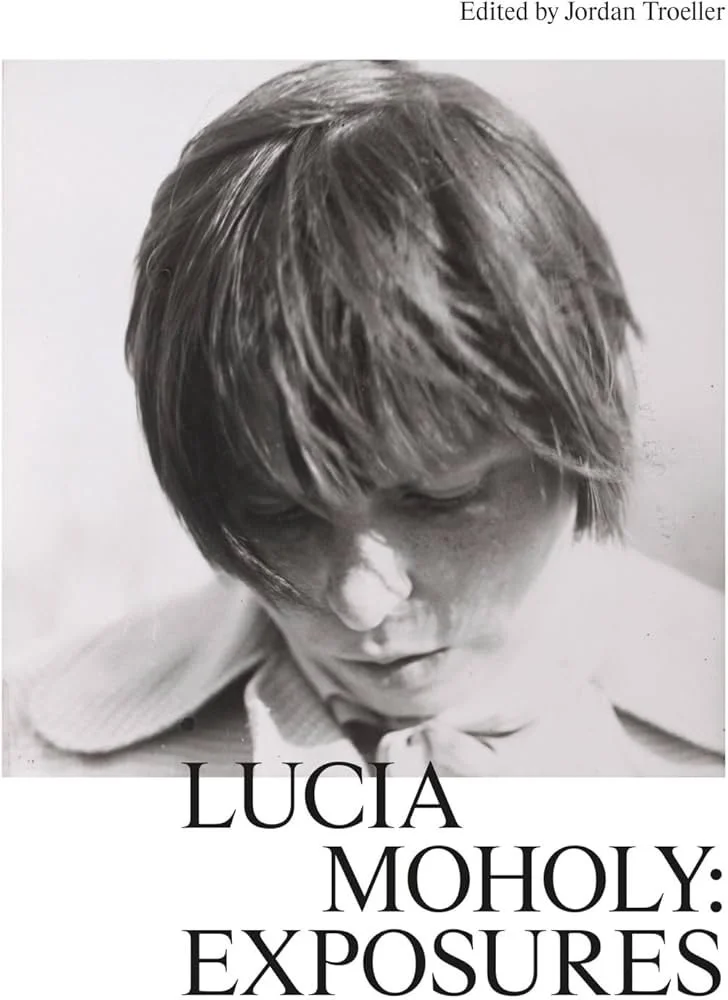Ruth Asawa and the Artist-Mother at Midcentury (MIT Press, 2025)
Will be released on May 6 and now available for pre-order!
The culmination of seven years of research, Ruth Asawa and the Artist-Mother at Midcentury recovers a group of artist-mothers in postwar San Francisco who refused the centuries-old belief that a woman could not make art while also raising children.
For most of modern history, to be an artist and a mother was to embody a contradiction in terms. This “awful dichotomy,” as painter Alice Neel put it, pitted artmaking against caretaking and argued that the best art was made at the expense of family and futurity. But in San Francisco in the 1950s and 1960s, a group of artists gathered around Ruth Asawa (1926–2013) began to reject this dominant narrative. In Ruth Asawa and the Artist-Mother at Midcentury, I analyze this remarkable moment. Insisting that their labor as mothers fueled their labor as artists, these women redefined key aesthetic concerns of their era, including autonomy, medium specificity, and originality.
Delving into the archive, where the traces of motherhood have not yet been erased from official history, I show explore Ruth Asawa's personal and professional dialogue with several other artist-mothers, including Merry Renk, Imogen Cunningham, and Sally Woodbridge. For these women, motherhood was not an essentialized identity, but rather a means to reimagine the terms of artmaking outside of the patriarchal policing of reproduction. This project unfolded in three broad areas, which also structure the book's chapters: domesticity and decoration; metaphors for creativity; and maternal labor in the public sphere, especially in the public schools. Drawing on queer theory and feminist writings, I argue hat in belatedly accounting for the figure of the artist-mother, art history must reckon with an emergent paradigm of artmaking, one predicated on reciprocity, caretaking, and futurity.
Lucia Moholy: Exposures (Hatje Cantz, 2024)
The first account of Moholy beyond Bauhaus: an expansive survey of the artist’s multivalent photo- and text-based works in an edited volume released to coincide with the exhibition of the same name, co-curated with Jan Tichy and Megan Forbes for the Kunsthalle Praha.
A prolific writer, photographer, portraitist and documentarian, Lucia Moholy (1894–1989) defies categorization. She was as active in avant-garde circles as she was in the field of information science, advancing an expansive understanding of visual reproduction. While previous publications on Moholy have limited her accomplishments to the five years she spent at the Bauhaus, Exposures presents the full breadth of her writings and photographs for the first time.
Extensive essays drawing on new archival discoveries offer insights into her early life in turn-of-the-century Prague, her involvement in the radical social movements of the 1920s in Weimar Germany, her wartime documentations via microfilm and her work in the Middle East on behalf of UNESCO. Acknowledging her reception by contemporary artists such as Jan Tichy, the publication demonstrates how Moholy’s interdisciplinary approach to photography anticipated the medium’s post-analog present.

